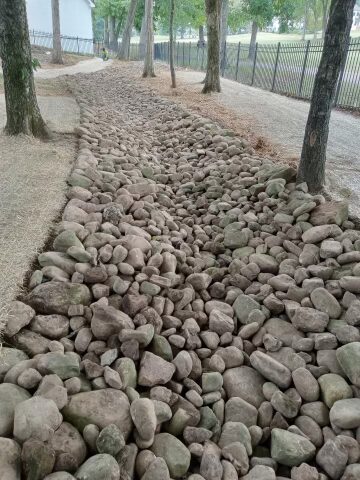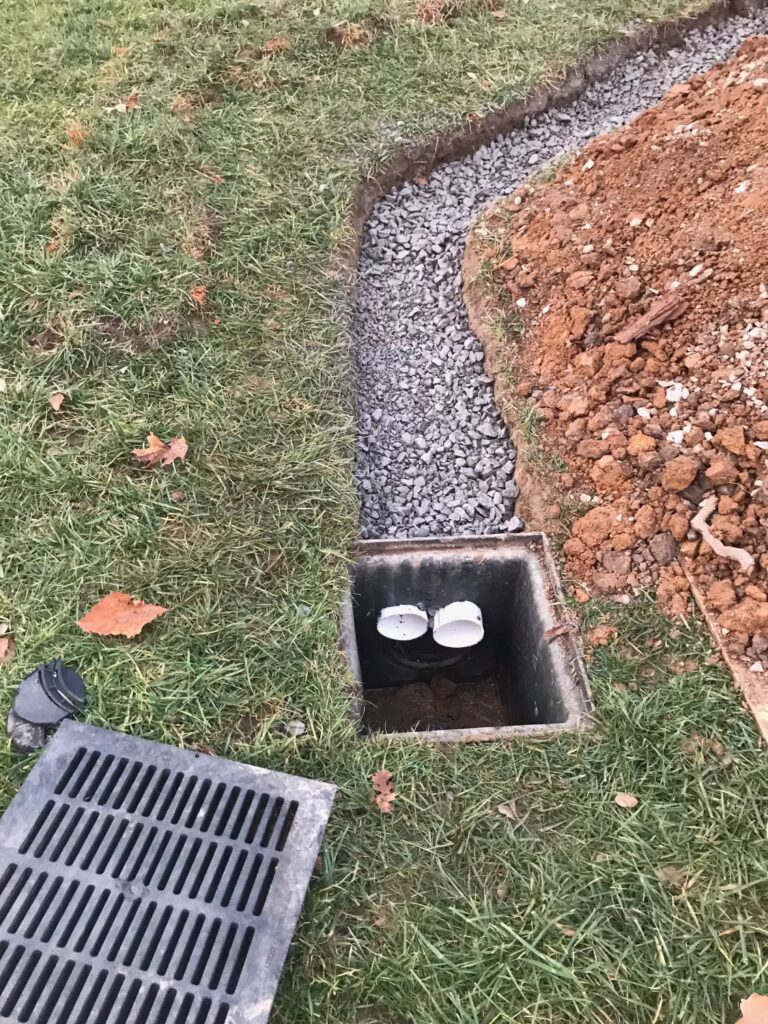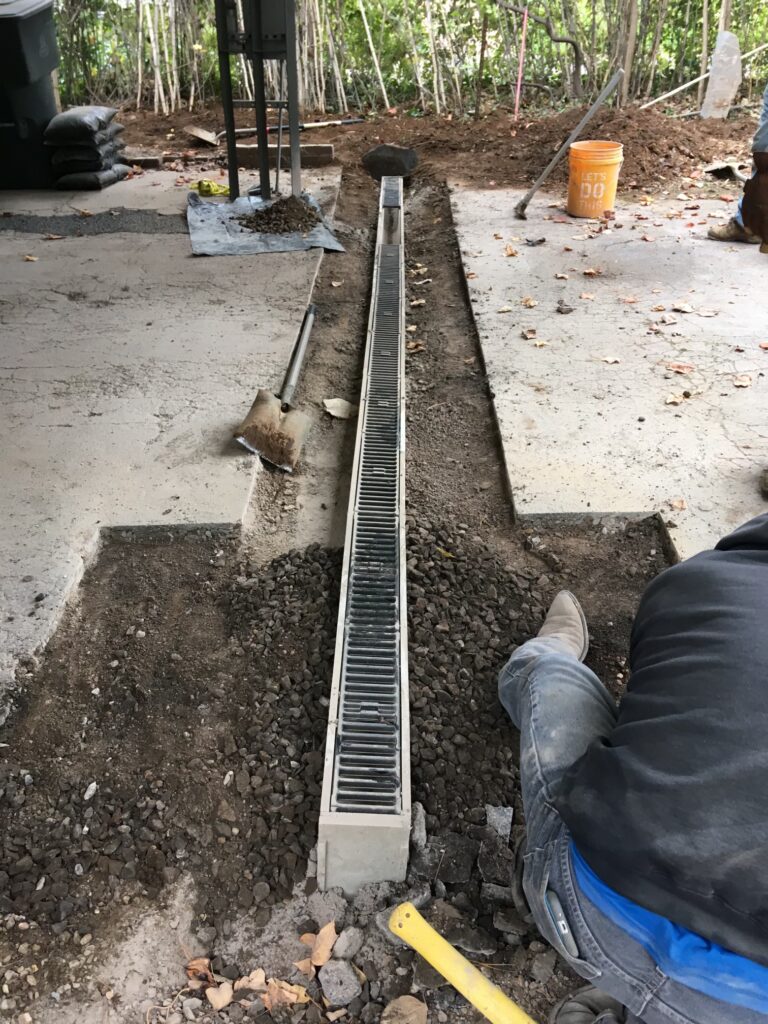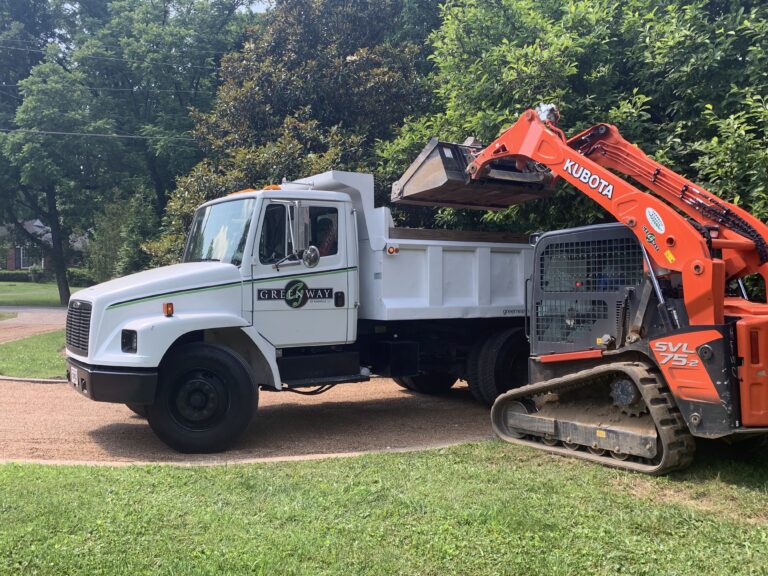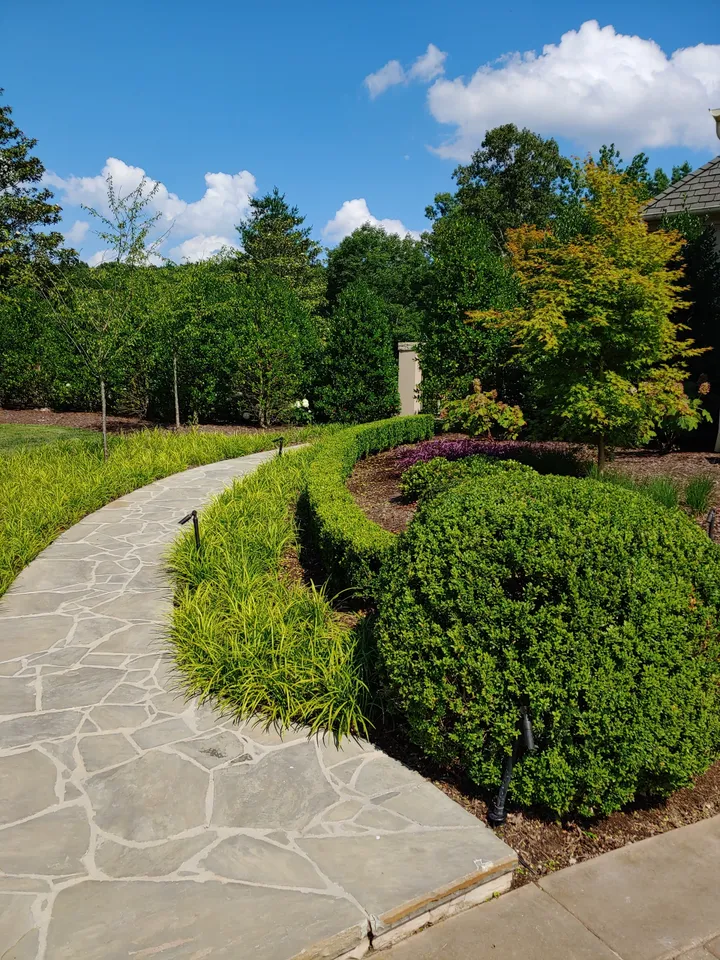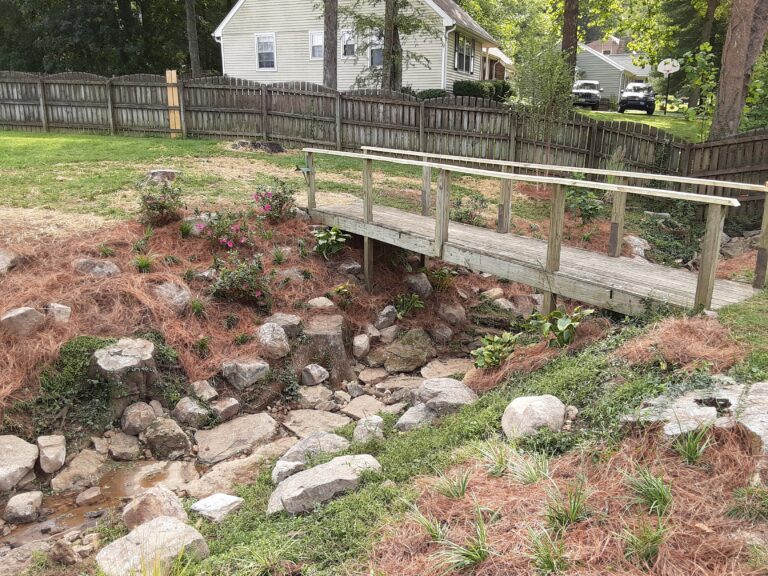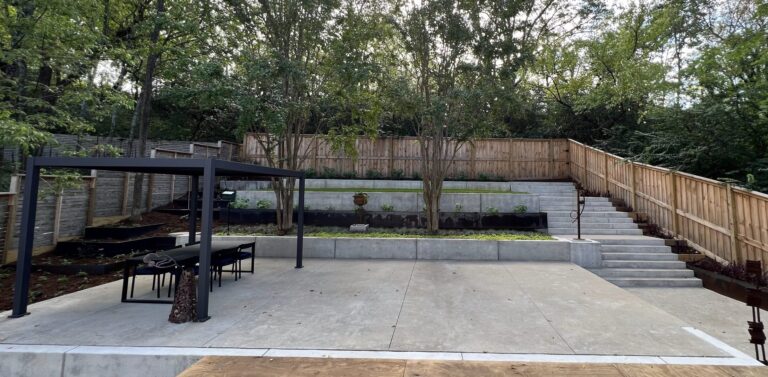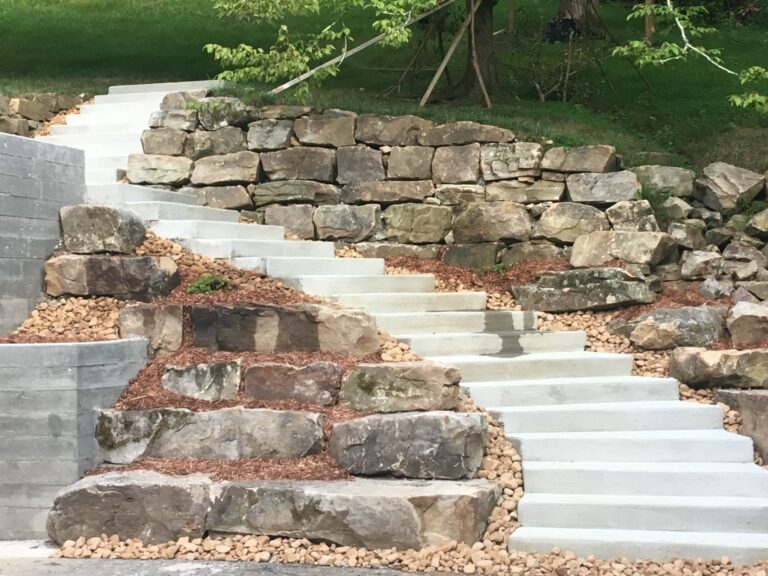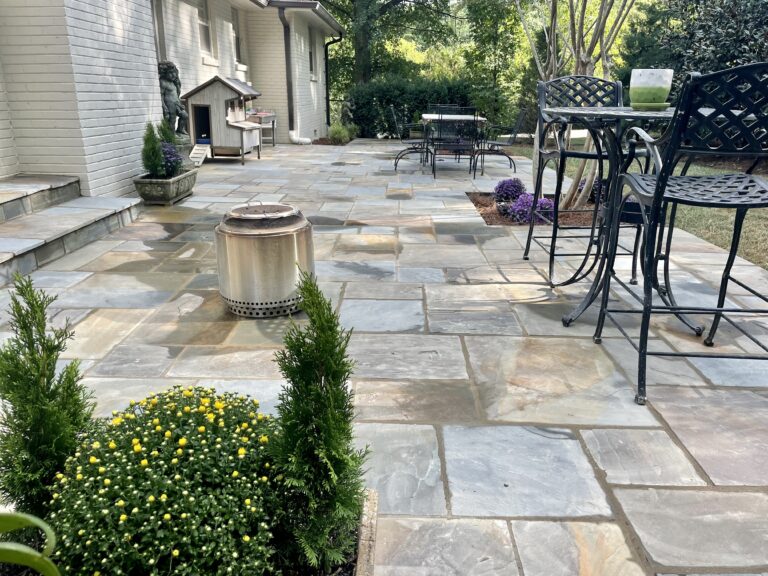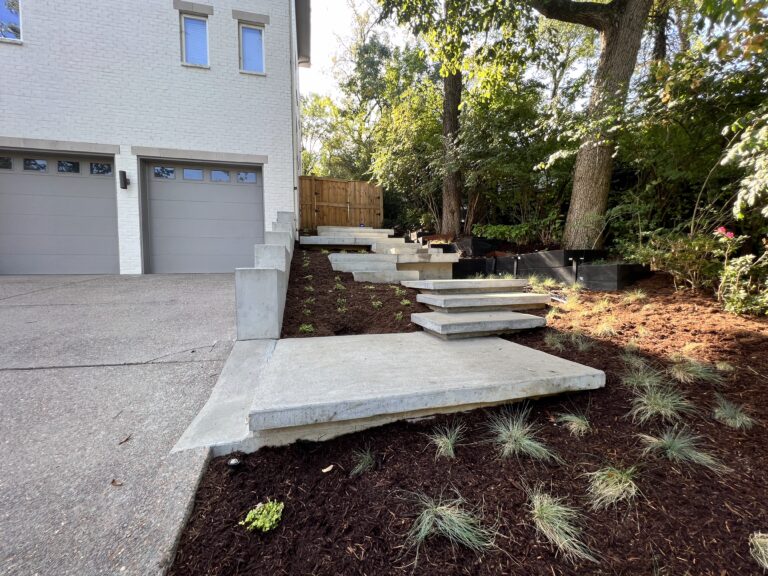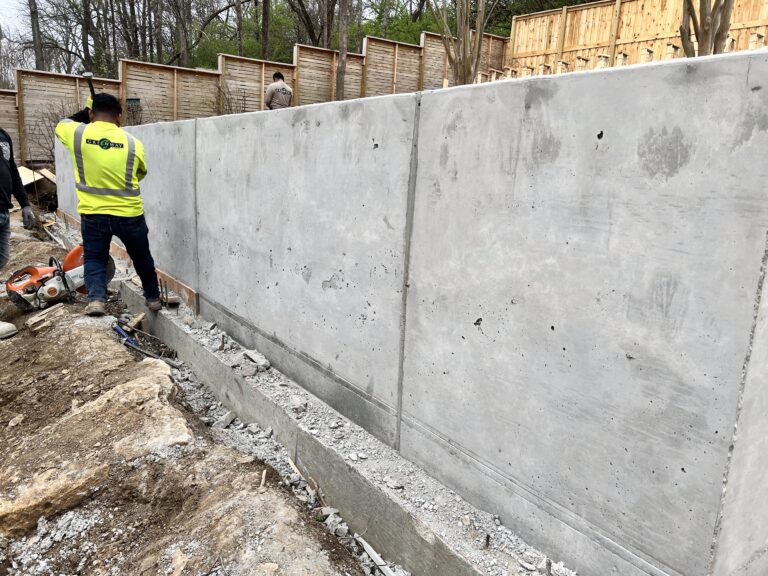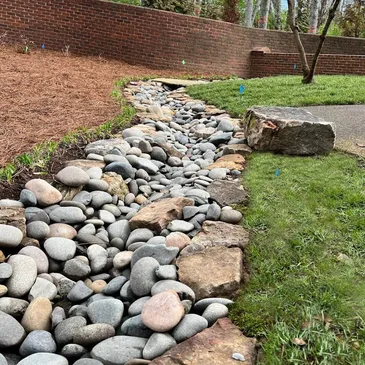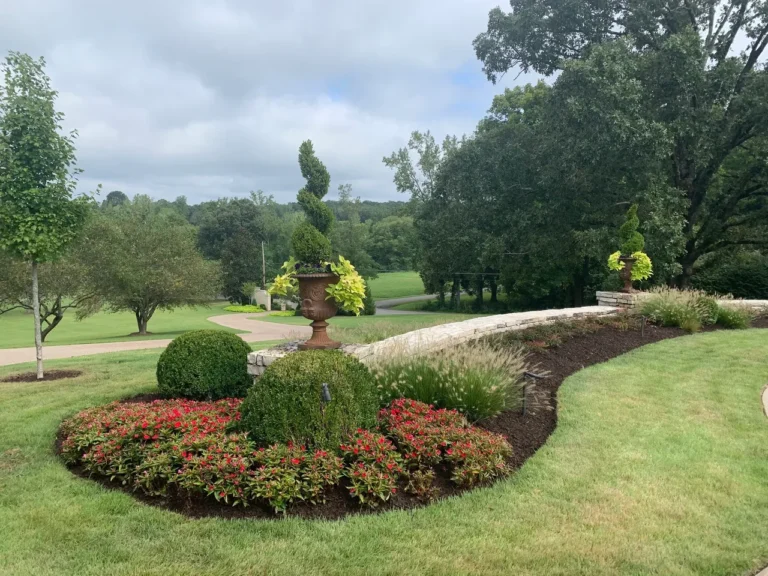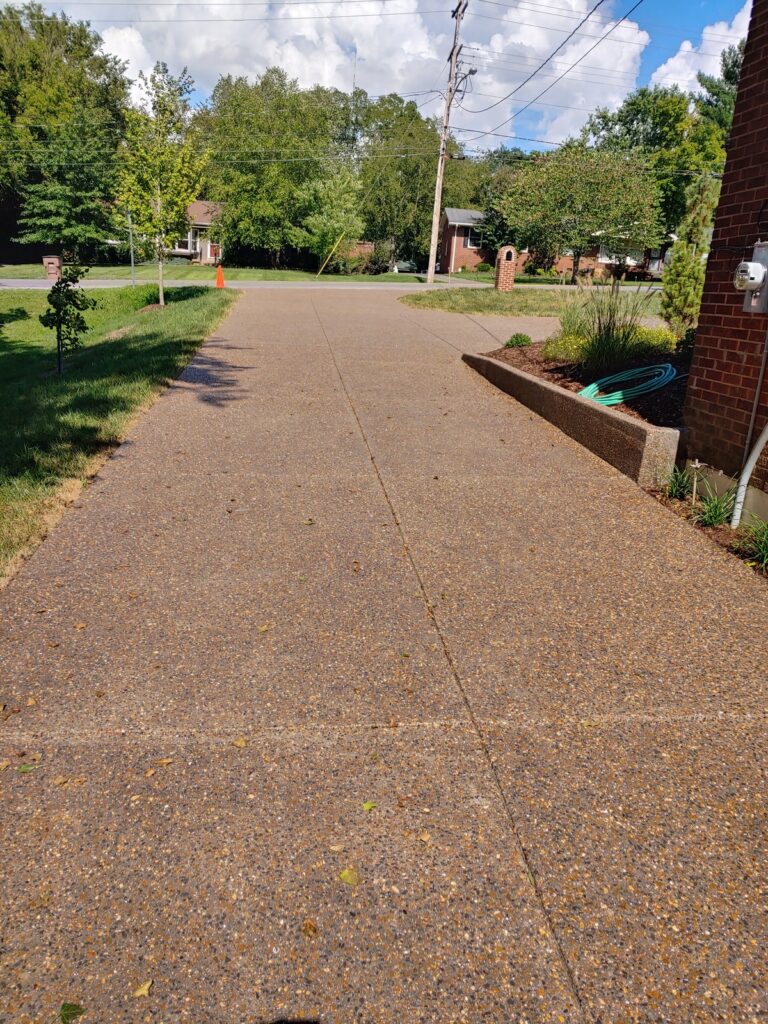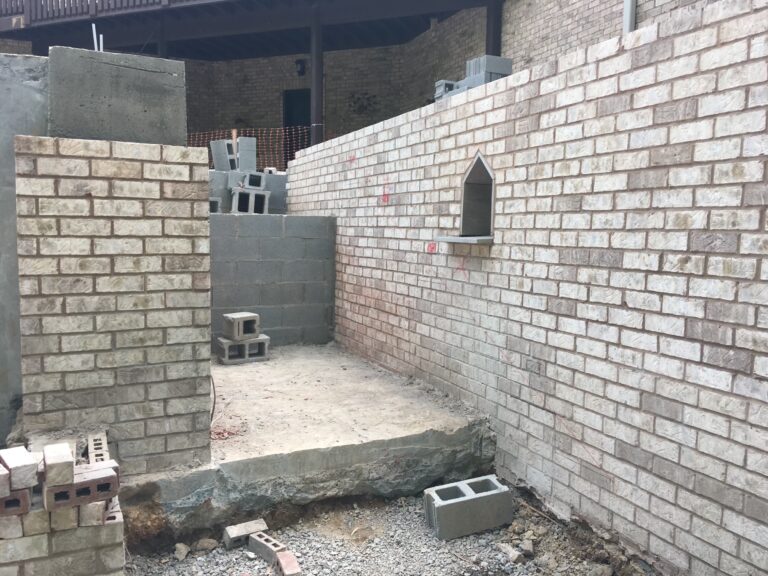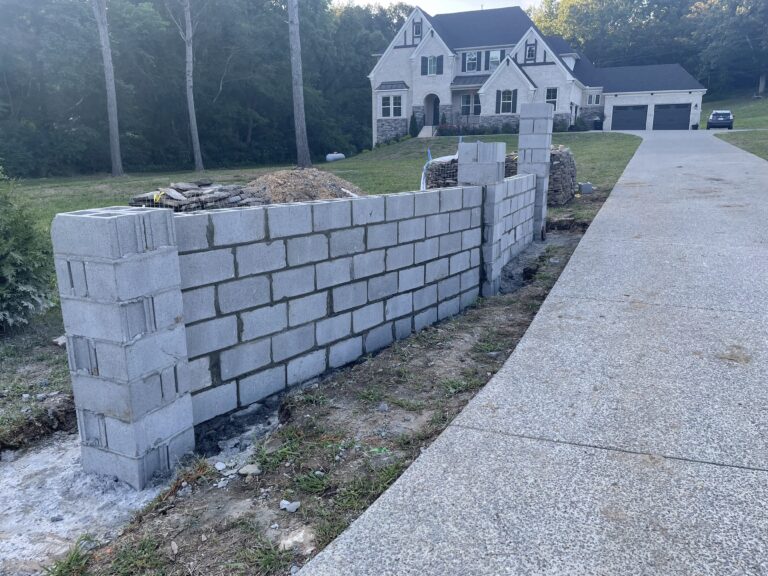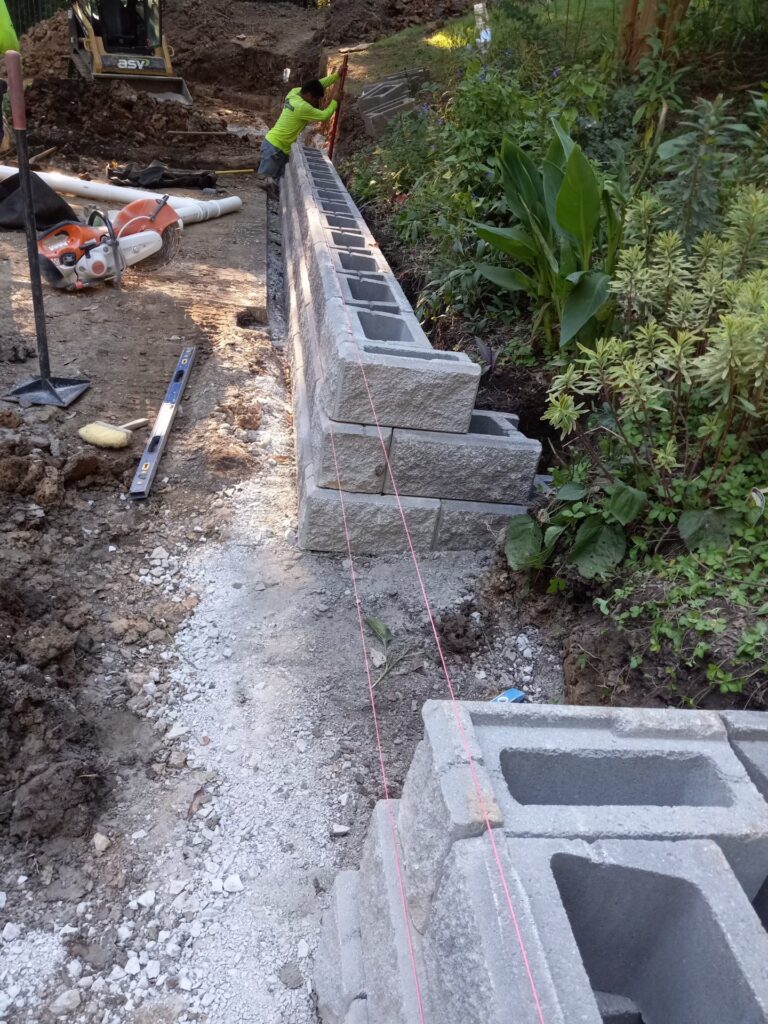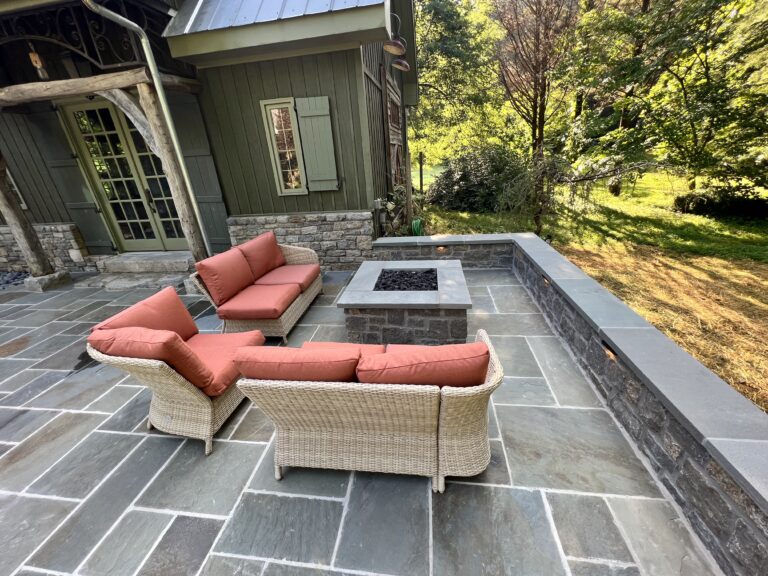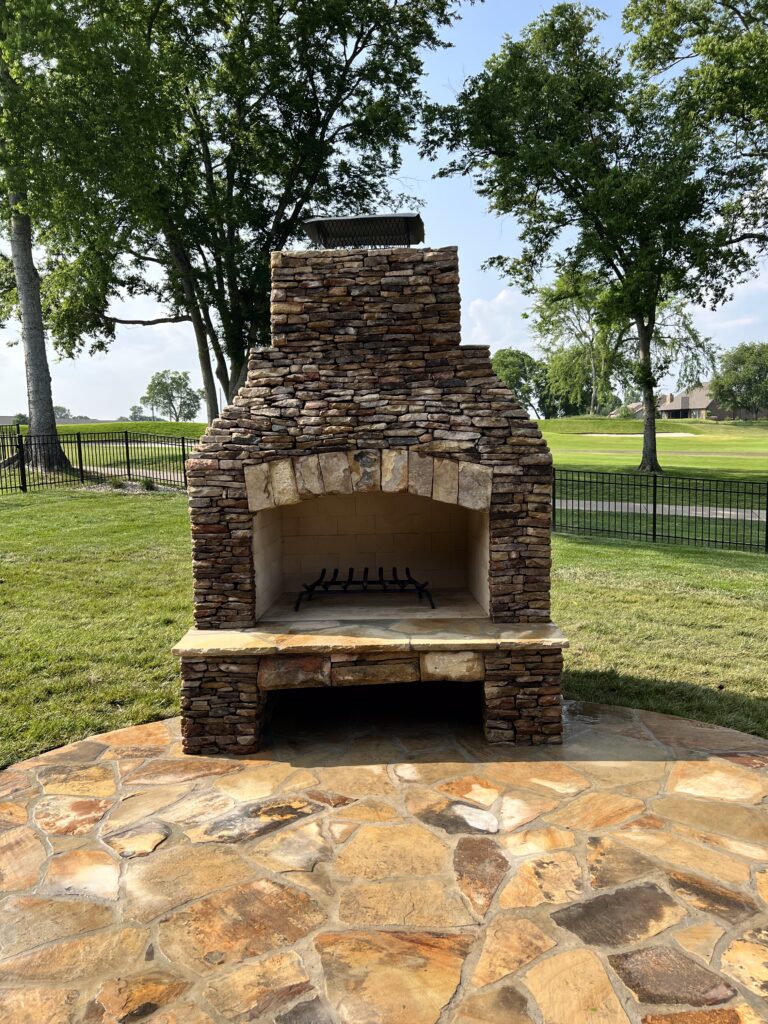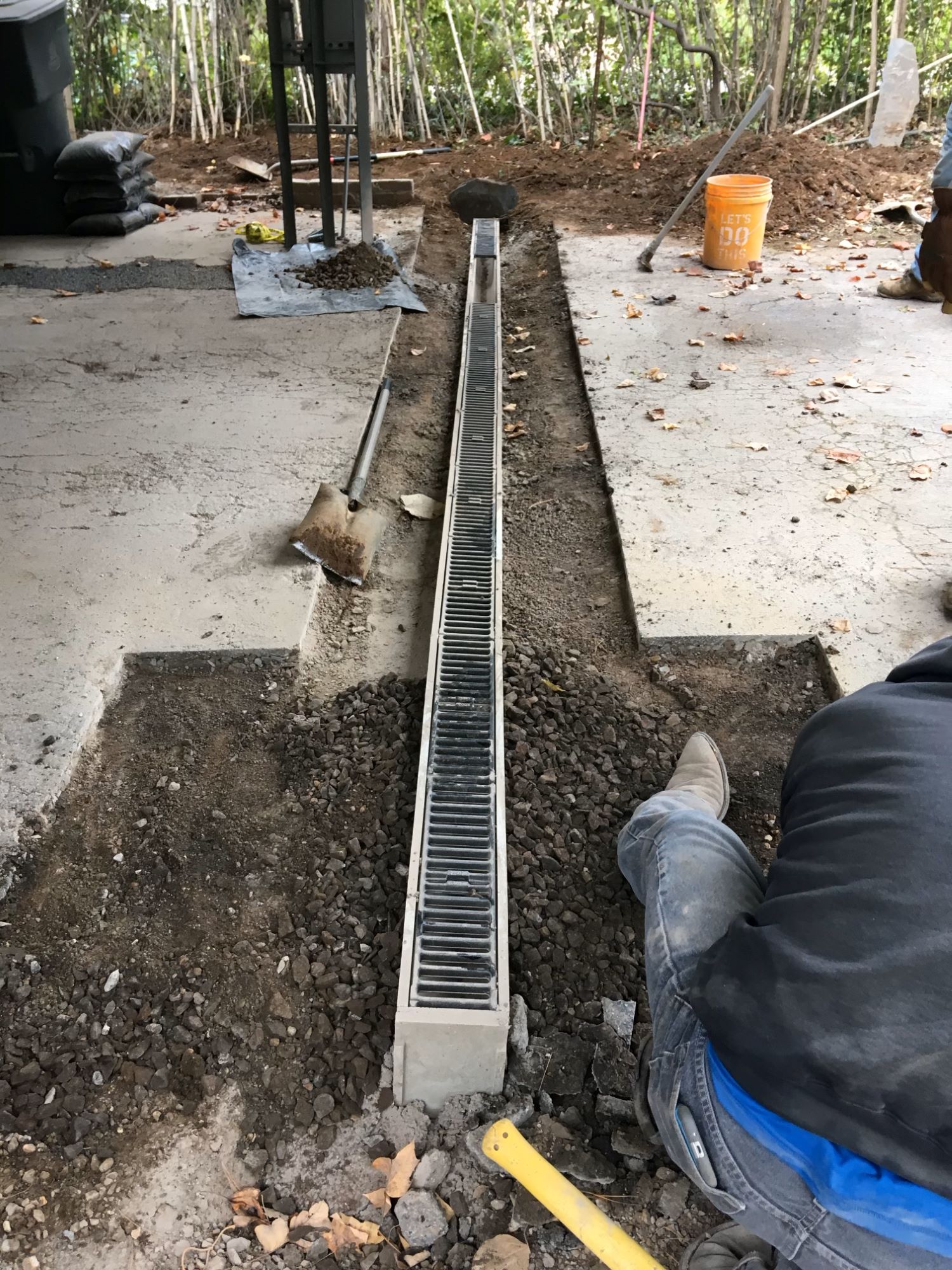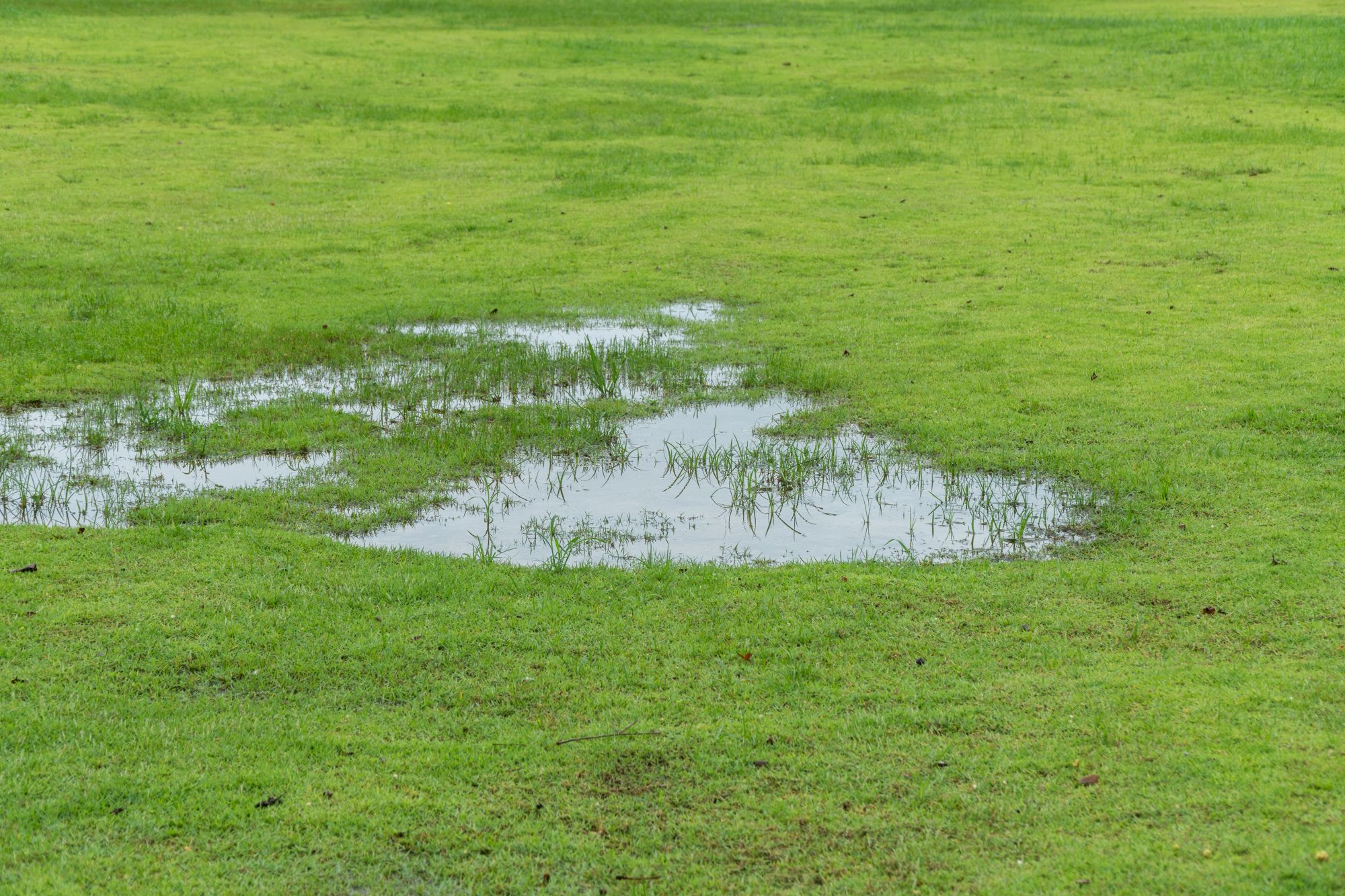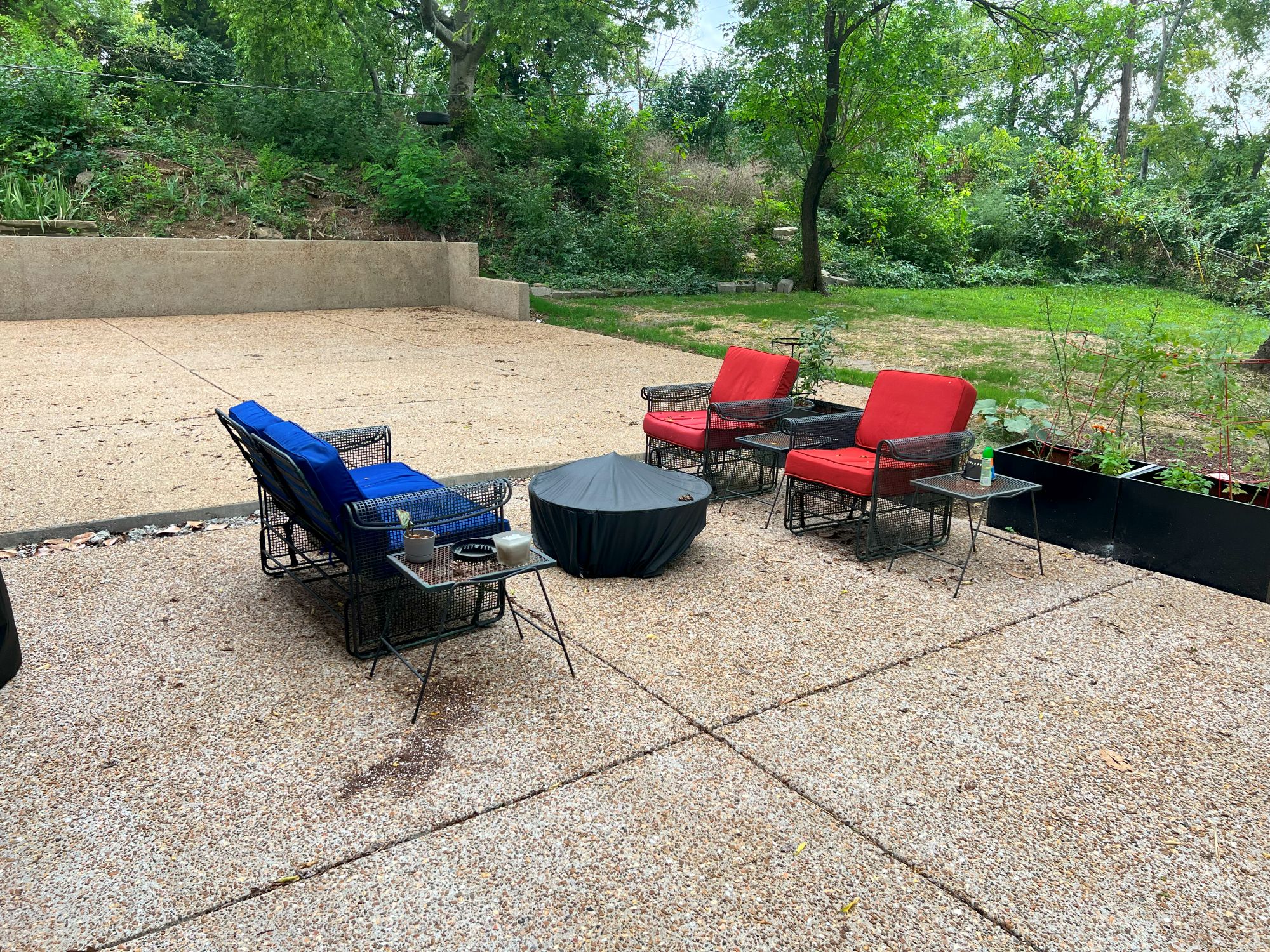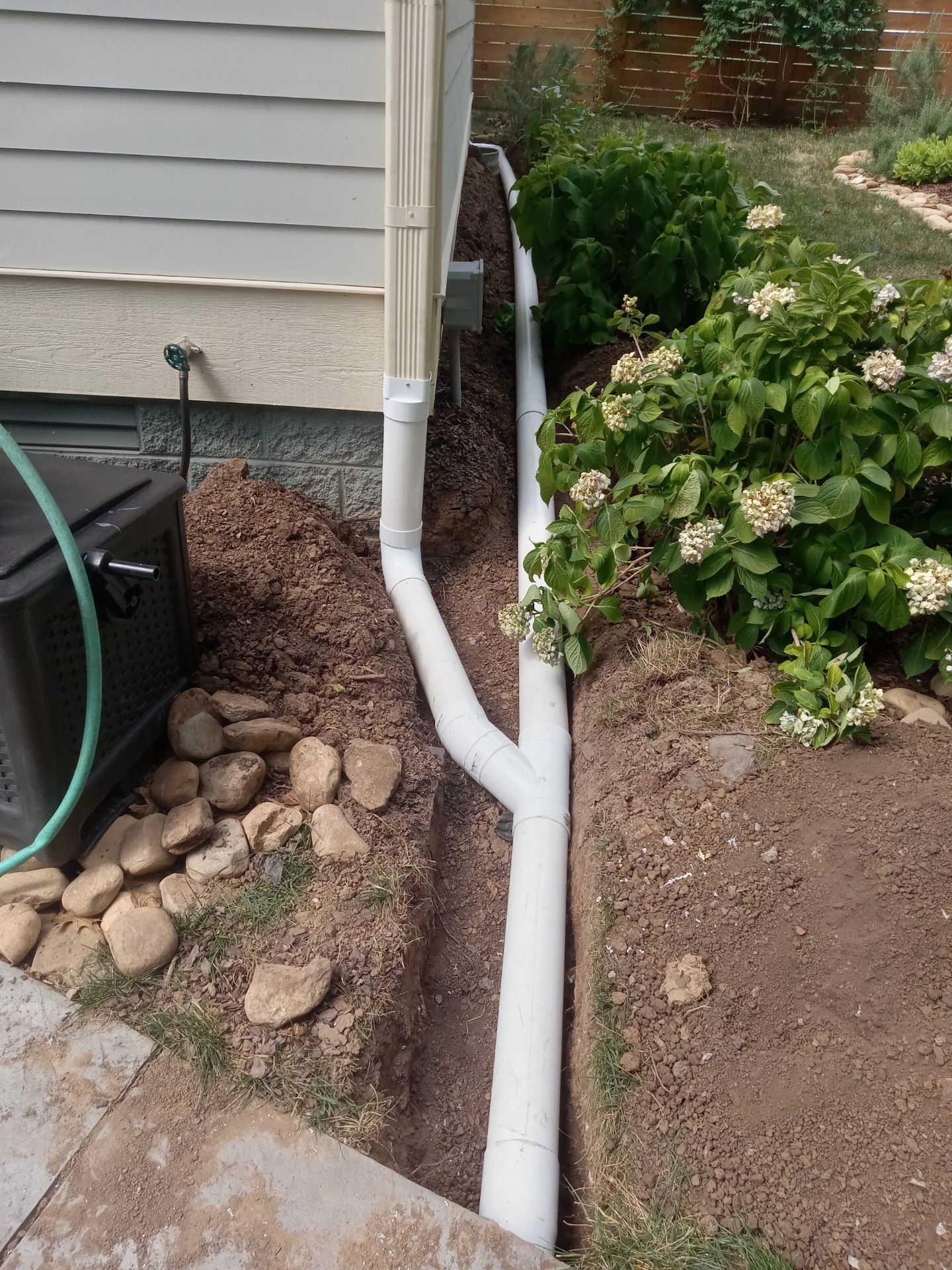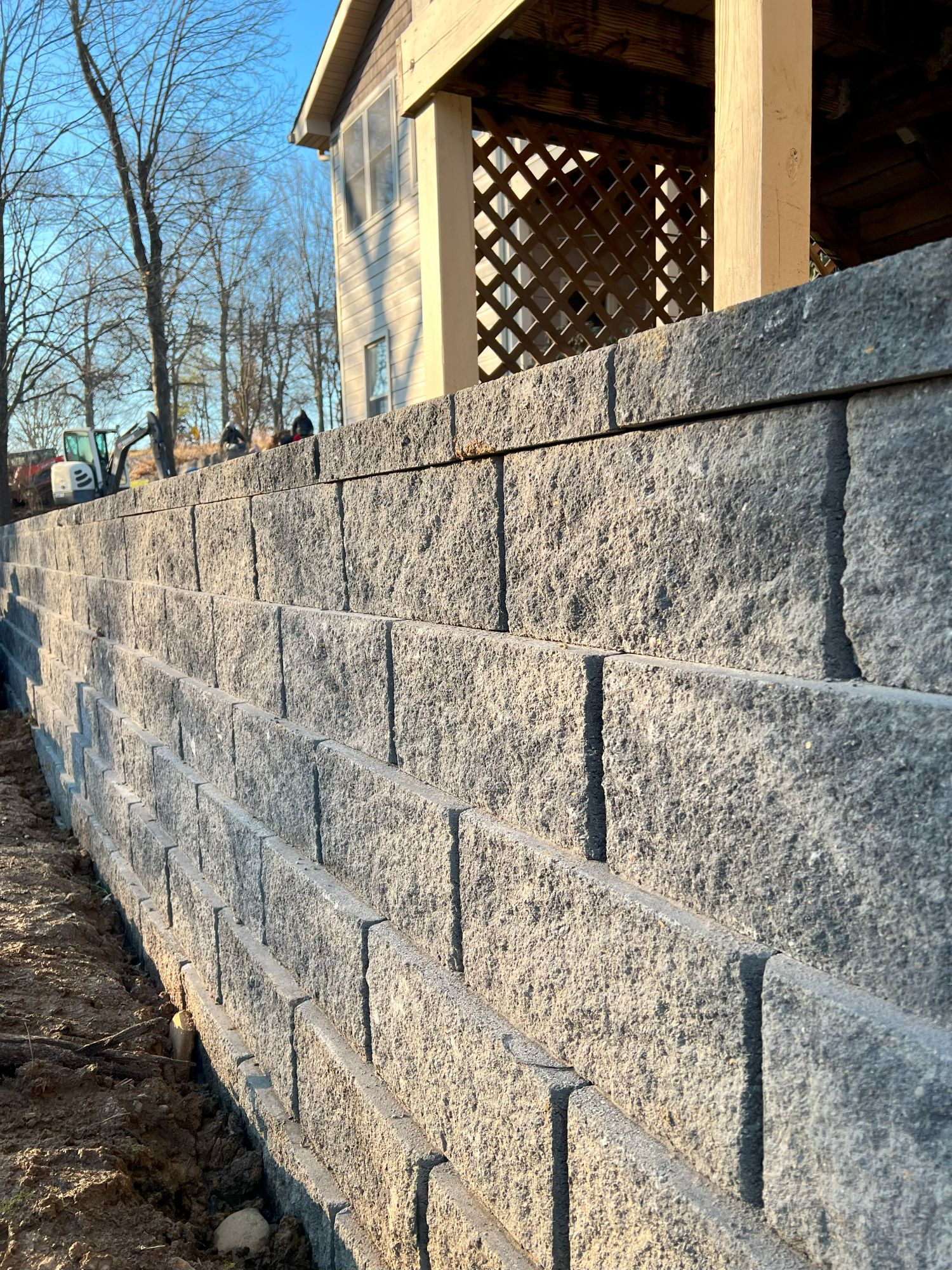Having well-draining landscaping is essential for maintaining the health and beauty of your outdoor space. Unfortunately, many homeowners encounter landscape drainage issues that can lead to water accumulation, soil erosion, and foundation damage. Understanding the causes of poor drainage and how to look for signs of it on your property is the first step to addressing the problem. Exploring the solutions for adequate drainage and performing regular maintenance will transform your yard into a functional and visually appealing space that remains resilient against water-related problems.
What Are the Most Common Drainage Problems?
There are obvious signs of drainage issues that should draw your attention and immediately warn you of a problem. Standing water in the yard after rainfall can be a sign of poor drainage if it doesn’t quickly disappear after the storm. This indicates issues with your yard’s ability to absorb the water and distribute it. Even soggy areas that don’t have visible standing water but are boggy and give way the moment you put pressure on them are also concerning. When water collects there, it sits and creates unstable ground that can be hazardous to nearby structures such as patios, house foundations, or driveways. Standing water can cause significant damage to these areas, leading to repairs and replacements that will take a chunk out of your bank account. If water is collecting near a basement wall, it can lead to leaking or flooding of the space.
Erosion is another common drainage issue. When a slope is present, water runs quickly downward due to gravity. When there’s nothing in place to prevent it, the soil moves with the water and changes the surface of your yard. What was once a mild hill can become steep, and anything sitting on it is at risk of being damaged. If the land was never graded or wasn’t graded properly, it may even direct the flow of water to areas you don’t want it, like the foundation of your house.
Foundation cracks are among the worst issues that problems with landscape drainage can lead to. Standing water causes soil to become unstable, and since that’s what your foundation rests on, its safety is in jeopardy. Shifting ground leads to cracks and instability in the foundation, causing potential risk to the entire structure. Foundation damage is difficult to fix and is extremely costly, especially once walls and other structures above become impacted.
Homeowners should regularly inspect their property for signs of poor drainage. Check for standing water, changes in the shape of the ground, cracks in concrete such as the driveway or foundation, and uneven structures like paver patios that were once level. Areas prone to standing water should be evaluated and at the very least monitored to see if the situation worsens over time. Take a look outside during the next rainstorm—are there spots where the water backs up and remains for a period after the rain stops on the grass or patio? Does it appear that small rivers pop up in your grass? Those signs may help direct you to potential issues.
How to Fix Drainage Issues
There are several ways to address landscaping drainage problems on your property, ranging from simple property maintenance to land grading or installing a drainage pipe. It may require a combination of approaches or stages of work to ultimately achieve your ideal outcome.
Look first for obvious solutions like cleaning gutters. A clogged gutter causes water to back up and overflow down the side of the house. It accumulates there and impacts the integrity of your foundation. Gutters aren’t the only thing that needs regular cleaning—if you have any existing drains in the ground, like French drains, those should also be assessed for blockages.
More labor-intensive landscape drainage solutions may be considered after a thorough assessment. For ground prone to pooling, a French drain may be a solution. This is a PVC pipe laid in a trench underground and covered in gravel before replacing soil and grass back on top. It improves the ground’s ability to filter the water deep down and redirects it to another location through the pipe. When considering a French drain, there will have to be a target area for the pipe to transport water to. This will have to be a location that can adequately handle the excess water. Installation also requires understanding how to lay the pipe at an angle so it drains instead of water sitting in it.
Another option for addressing drainage problems is to perform land grading. This is the use of machinery to change the incline or slope of the land. A steep slope will cause water to quickly cascade, carrying the soil with it and causing instability. In some cases, the slope angle isn’t the problem, but the direction is. If the angle directs water to the base of your house, you will want to reverse that to avoid foundation damage. Land grading fixes these problems with the movement of soil from one area to another. What was once a low area becomes high and vice versa. At times, additional dirt needs to be brought in using a truck. There are calculations that help determine what angle the resulting ground should be as well as how much soil is needed. Since it also requires heavy equipment to dig and move earth, this task is often best left to landscaping contractors.
Swales also improve the drainage of your lawn. They’re a gentle, broad slope that provides increased surface area for absorption of water while also redirecting the flow. Plants are often placed within the swale to help slow erosion as well as increase the uptake of the water. These are usually directed to a garden bed or an underground dry well.
Why Professional Help Is Key to Successful Landscaping for Drainage Issues
With so many nuanced and variable causes leading to drainage problems, choosing the right solution isn’t always obvious. There may be multiple options that work, but how do you know which is best? What if you’d benefit from multiple types of drainage? How can you know where to begin with budgeting? Hiring knowledgeable experts who understand not just how drainage works but which options to choose helps ensure your money is spent wisely the first time, and it reduces the labor on your part.
The right solution will be dependent on the exact situation, so the smartest approach is having landscaping contractors like Greenway of Nashville assess the area to provide suitable options. While drainage solutions can be costly, they’re far cheaper than the long-term issues that result from letting the drainage problem linger.
Preventing damage and solving drainage problems doesn’t have to be complicated with skilled contractors like Greenway of Nashville by your side. Set your yard up for success—submit a form on our website or call us at (615) 238-4574 for your free discussion and estimate.
Read more content related to:

